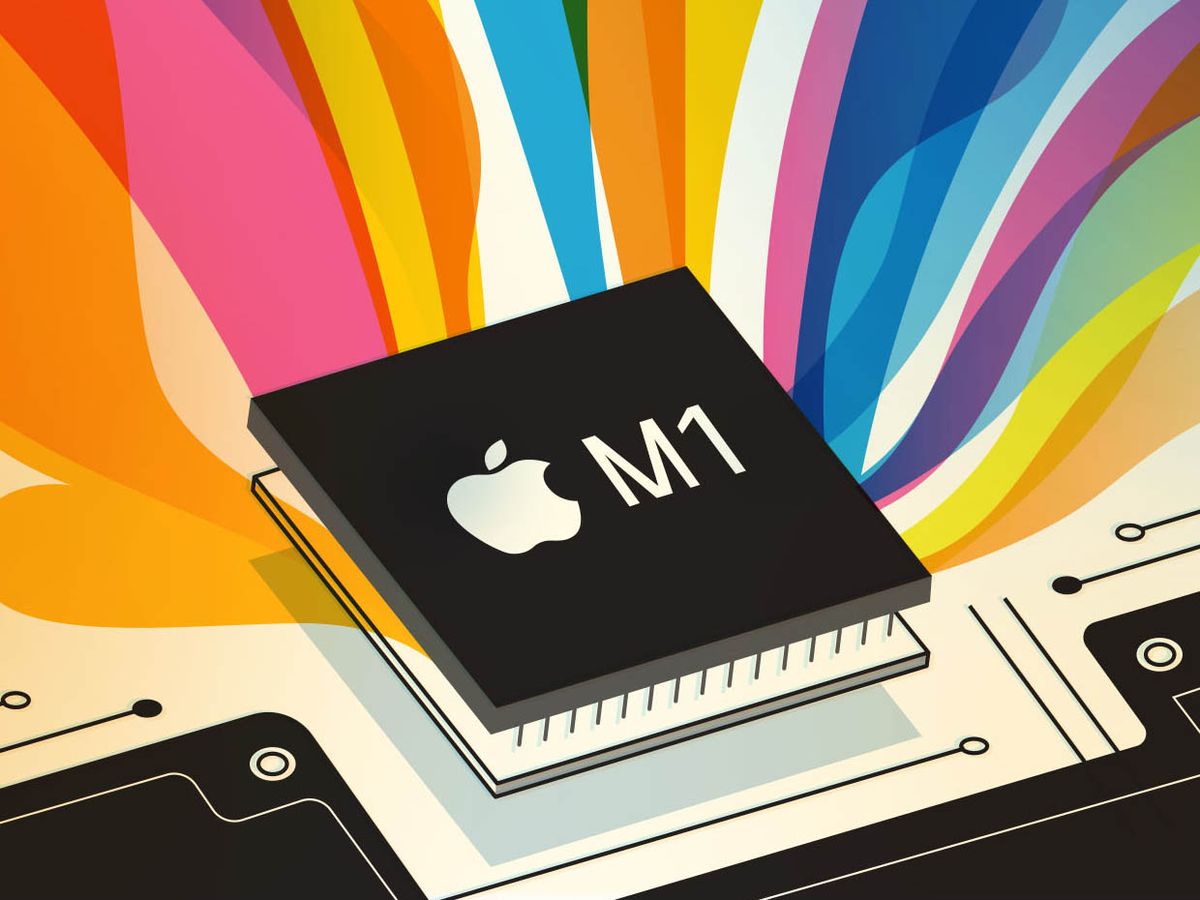The Mac is enjoying a year that any PC maker would envy. It kicked off 2021 by doubling the number of shipments compared with the same period last year, according to the International Data Corp. Apple's CEO, Tim Cook, said in April that over half of all Macs sold are now powered by Apple Silicon, the company's new, in-house line of processors. A successor to the first chip, which will likely be called M1X or M2, is likely to be announced by the time you read this.
That's a shocking success. If you'd told me that just a year ago, I would have said you were nuts.
Critics (like me) love Macs, but consumers often balk at their cost. Before Apple Silicon, affordable Macs were saddled with slow processors, while premium models struggled to justify sky-high prices. This came to a head in Apple's infamous MacBook Pro 15 with the Intel Core i9 processor. Despite a price tag that topped US $2,399, the machine ran so hot and performed so poorly that Apple had to patch the firmware to fix the problem. Debacles like this left Apple eager to switch to its own silicon.
The latest iMac, starting at a tolerable $1,299, is a summary of what M1 means for Mac design. It's a gorgeous departure from the prior iMac, a third as thick yet more powerful, trading the old monochrome chassis for a colorful slate. It's everything most people need in one package, and it's only the tip of the iceberg. The entire Mac line will be reimagined for Apple Silicon by the end of 2022.
This is a threat to the PC. Wintel PCs—those running the Windows operating system on Intel x86 processors—have dominated the PC market since Intel's defeat of IBM's PowerPC architecture in the 1990s. Intel took advantage with a vast processor line that left consumers scratching their heads. Few questions are more likely to earn a blank stare than “What's the difference between Intel's U-Series and H-Series?"
Buying a new M1-powered iMac (or any M1 Mac), by contrast, is as simple as buying an iPhone. It's an extension of Steve Jobs's “whole widget" design philosophy, focused on the end user's experience instead of specifications. The idea was perfected with the iPhone, and now it has come full circle, to the Mac.
Mac enthusiasts are eager to see Apple flex its new “M" muscles with faster chips that crush Intel's best. Apple is expected to release a more powerful chip this year alongside a graphics upgrade of its own design. But pricing, not performance, is where Apple can truly hammer the PC.
“I think they have room to lower their prices on M1 designs when M2 comes in," says Patrick Moorhead, founder and principal analyst at Moor Insights & Strategy, in Austin, Texas. “Think of a new MacBook SE, as an example, that gets down to a price point of $699. That has the capability to move markets."
PC makers should quake in fear: An affordable MacBook would wipe the floor with current midrange laptops like Acer's Aspire, Dell's Inspiron, and HP's Pavilion.
Yet there may be a ceiling on the Mac's popularity. Top-tier games haven't embraced Apple Silicon, and the company continues to struggle with outreach to developers like Activision and Electronic Arts. Gamers will stick with Windows so long as it supports games the Mac does not.
The Mac's success will also bring lots of flattery, in the form of imitation. Microsoft is working on its own in-house chip, Intel has a new CEO and a long-term plan to partner with other chip makers, and Nvidia will acquire Arm once regulatory hurdles are cleared.
This could lead to a PC processor showdown the likes of which we've not seen in 30 years. “A fire has been lit under Intel, and Advanced Micro Devices, and Qualcomm, and Arm," said Moorhead. “All eyes are on the CPU."
It's impossible to say who will win just yet. But I'll enjoy the fireworks.
Matthew S. Smith is a freelance consumer-tech journalist. An avid gamer, he is a former staff editor at Digital Trends and is particularly fond of wearables, e-bikes, all things smartphone, and CES, which he has attended every year since 2009.



